The Guitar series (Part 1: History and evolution)
Hello everyone,
Who doesn't know about guitar? It's one of the most popular musical instrument nowadays. There's a good chance you have a guitar in your house if you're a casual singer. But have you ever wondered where it came from and how it changed the world of music? Let's talk about it today .
Guitars have evolved over more than two and half millennia into the instruments we know and love today. It is believed that the first guitars were made in Ancient Persia around 500BC by stretching a piece of sheepskin over a large frame. Early guitars made from this style were often known as 'eccentric' due to the asymmetrical shape of their bodies.
The origins of the guitar are still unknown. The word "guitar" is thought to be derived from the ancient Greek word κιθάρα (kithara). In mythology, Hermes is credited with inventing the kithara from a tortoise shell, but Apollo is depicted with this instrument in many depictions.
This instrument had a wooden soundboard and a resonator, which was a box-shaped body. The resonator had two hollow arms that were connected by a crossbar. Three strings ran from the crossbar to the lower end of the instrument, passing over a bridge on the soundboard; later versions had up to 12 strings.
let's talk about the Shape of the Guitar From Prehistory Through the Middle Ages. The history of the guitar generally goes back to two instruments, the oud and the lute, which predate written history. In the early 20th century, archaeologist Leo Schulz discovered an oud in a tomb at Thebes, dated to between 3,300 and 2,900 B.C.; this was the earliest-known musical instrument. The body of a lute-like instrument was discovered in the tomb of pharaoh Tutankhamun (c. 1350 B.C.), but it is not known whether it was played in ancient Egypt or Ottoman Empire.
Let's move on to our discussion Early 15th Century to the Early 20th Century. The lute came in a variety of shapes and sizes, with a curved back being the most common. The Egyptians passed the instrument on to the Greeks, who in turn passed it on to the Romans, who brought it to Europe. Spanish musicians began to favour instruments with the familiar curved shape that we now associate with guitars in the 15th and 16th centuries. Between about 1600 and 1750, these guitars, also known as Baroque guitars, effectively replaced the lute as the most popular stringed instrument among musicians. These instruments became easier to play as refinements such as five courses of gut strings and moveable frets were added.
Now we will focus on Shape From the Early 20th Century to Present Day. During the early 20th century, early jazz guitarists began experimenting with bebop guitar styles. Although they borrowed from the many American and African blues and jazz styles of the time, it was their unique style that created a new genre of music: bebop guitar. Bebop guitar evolved from ragtime and was based on two-finger picking which allowed musicians to play rapid single-note lines against a fast-moving back beat.
Lastly, we will move to SHAPE OF GUITAR TODAY.
It has a long history, but its shape has evolved and changed over several centuries.
The flat-top acoustic guitar remains the most popular form of acoustic guitar, nearly two centuries after its invention. The flat top was invented by Christian Frederick Martin, a German-born American guitar maker. To help the guitar body handle the extra stress of modern steel strings, Martin replaced the old-fashioned fan bracing with X-bracing, which had been a problem for the old Torres-style guitars. The Martin Guitar Company, today owned by Foreman Musical Instrument Corporation, produced its first guitar in the United States in 1884. The unique X-bracing and steel strings made the Martin guitar popular and eventually made it famous all over the world.
Orville Gibson is widely known for creating the archtop guitar. F-holes, an arched top and back, and an adjustable bridge enhance the tone and volume of this guitar. However, a similar guitar, the mandolin-family banjo gourd, had been made as early as 1882. Gibson's name may be derived from the word “Gibson” (pronounced geo-r-vee-on), which was the name of his wife's uncle who helped him build his first guitar in 1894; however, this is not universally accepted.
George Beauchamp and his partner Adolph Rickenbacker won the first patent for the electric guitar in 1931. The electric guitar has three main components: a body, neck and bridge. Since electric guitars are electrically amplified, they have pickups and pickups contain magnets. These magnets are attached to the guitar body and pickup. The vibrations of the strings, picked up by the pick-up magnets, are transmitted to an amplifier through a thin piece of aluminium or copper wire called an “antenna”. The vibrations pass through wires in the amp into a microphone which is used to convert sound into electrical signals that can be electronically amplified.
Sources:
https://www.britannica.com/art/kithara
https://www.mi.edu/education/guitar-history-how-the-guitar-has-evolved/
Image source:
@isha.ish @rajib833 and @anatolianwishdom I believe you guys are true music lovers. Hope, you all will be too much happy and excited after seeing the journey of Guitar in my post.
I have been working on this content for 5,6 days.
I enjoyed really at the time of my searching. Moreover Guitar is one of my most favorite among all the musical instruments.
At the end I must say, the journey behind Guitar I tried to show you isn't finished at all, I'll try to give further details about this magical instrument very soon.
Till then,,,,
Stay home, stay safe & stay with music 🎶.
Happy Steem ❤️🤘
Cc : @steemcurator01 & @steemitblog
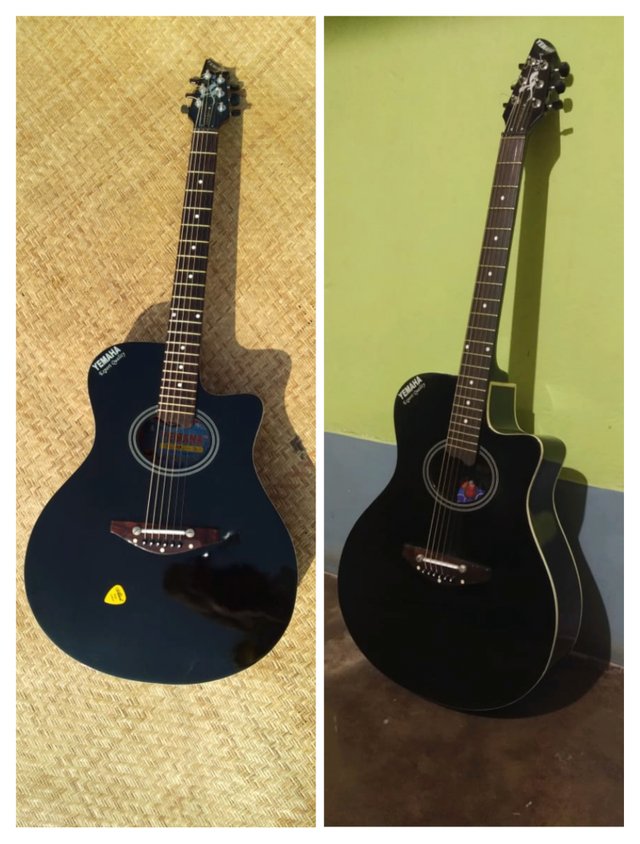
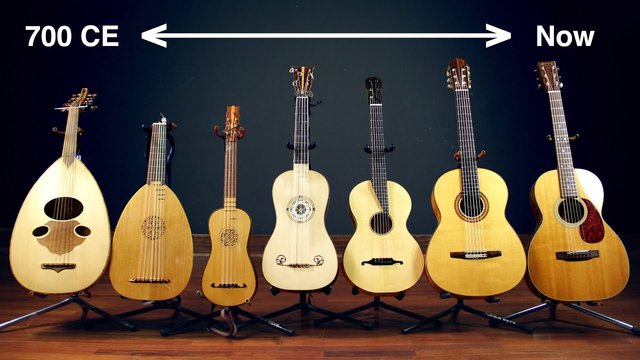
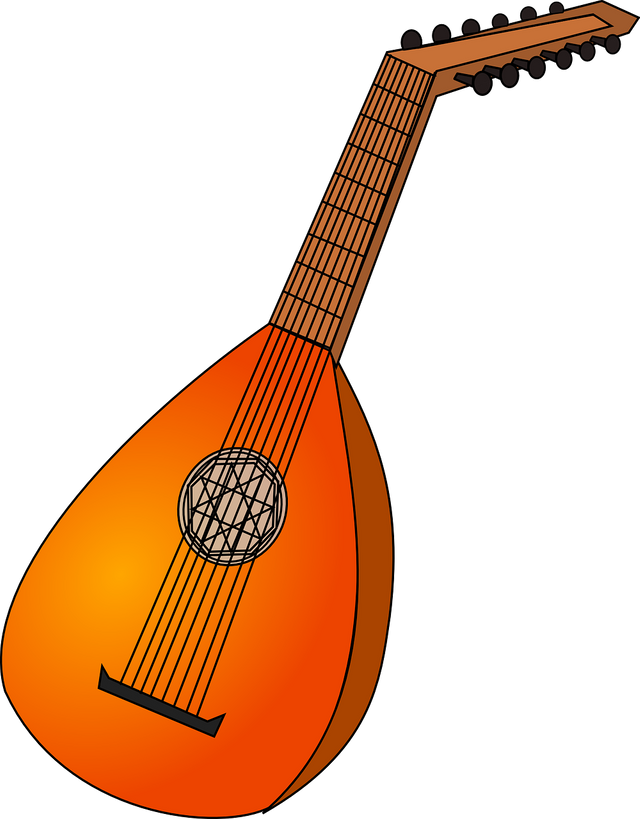
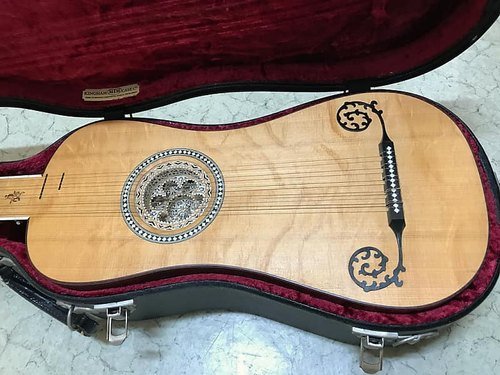
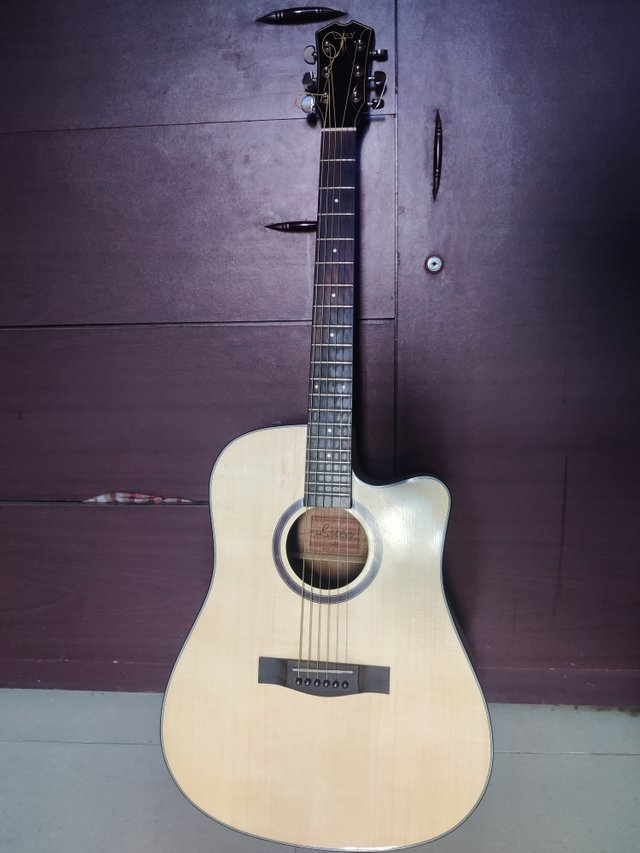

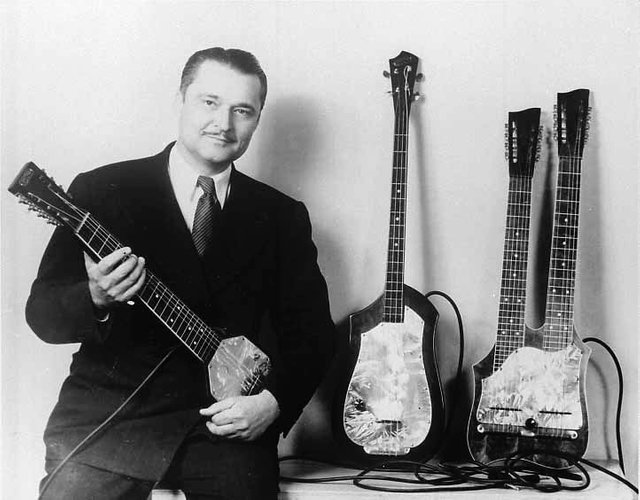
I want to Thank you for that post 👍 Such good work . 🎶🎸 Well done my friend thank you 🙏
Thank you so much for visiting my post.
dear @roy.sajib , excellent post . a great informative work you did,
i hope everyone will like this post and get much information about this musical instrument.
@steemcurator01 ,i hope you'll support him in this post
take care .
I can see that you are really a great musician ah... Great man
Thank you so much 💕
It seems you are crazy for music. I didn't know much thing about this instrument but thanks to you for posting this.
I am waiting for your next post about guitar and other musical instruments.
See you in your next diary.
Stay blessed
@sadiaanyat thank you so much for visiting my post.. yes, I'm little bit crazy for music. Trust me, I can feel it. Music has it's own language. I'll definitely try to keep posting about Guitar and other musical instruments . Infact I'm working on it.
Thank you dada for this informative post
You have been upvoted by @tarpan A Country Representative, we are voting with the Steemit Community Curator @steemcurator07 account to support the newcomers coming into steemit.
Follow @steemitblog for the latest update. You can also check out this link which provides the name of the existing community according to specialized subject
There are also various contest is going on in steemit, You just have to enter in this link and then you will find all the contest link, I hope you will also get some interest,
For general information about what is happening on Steem follow @steemitblog.